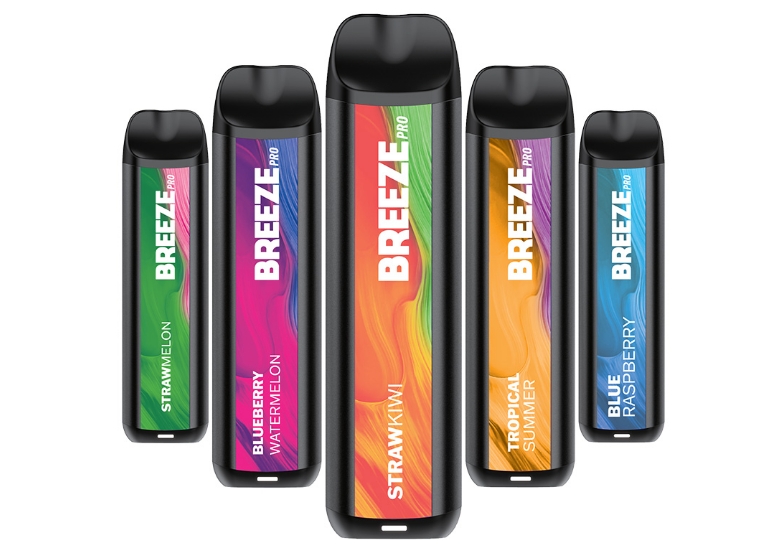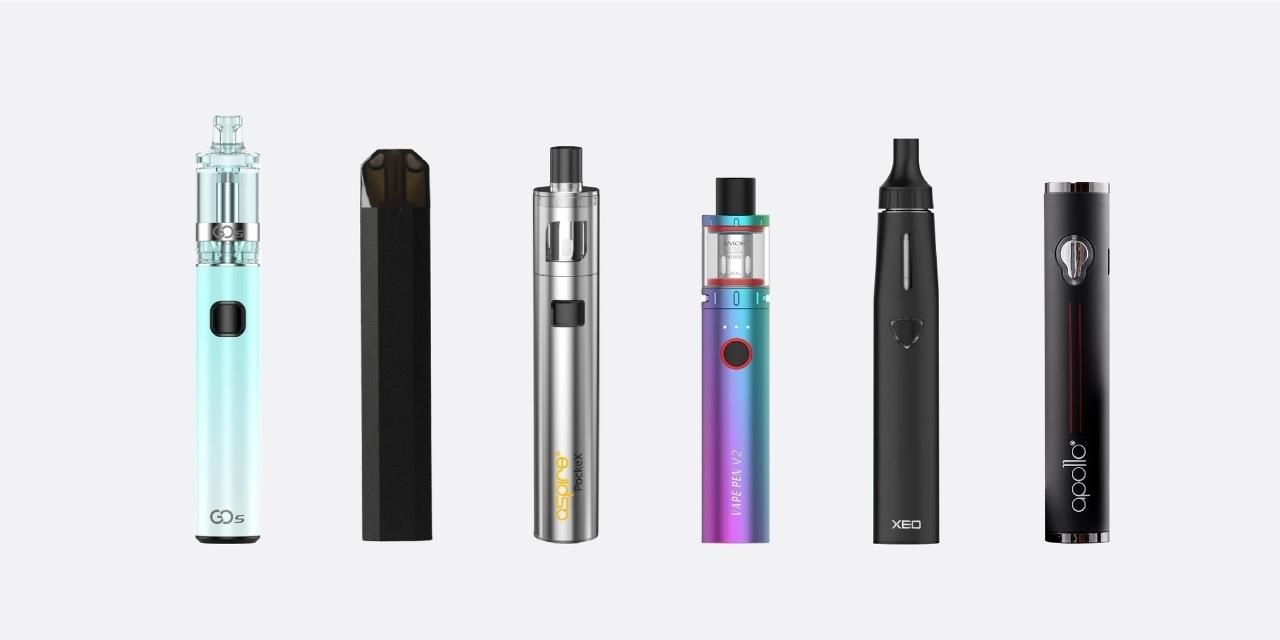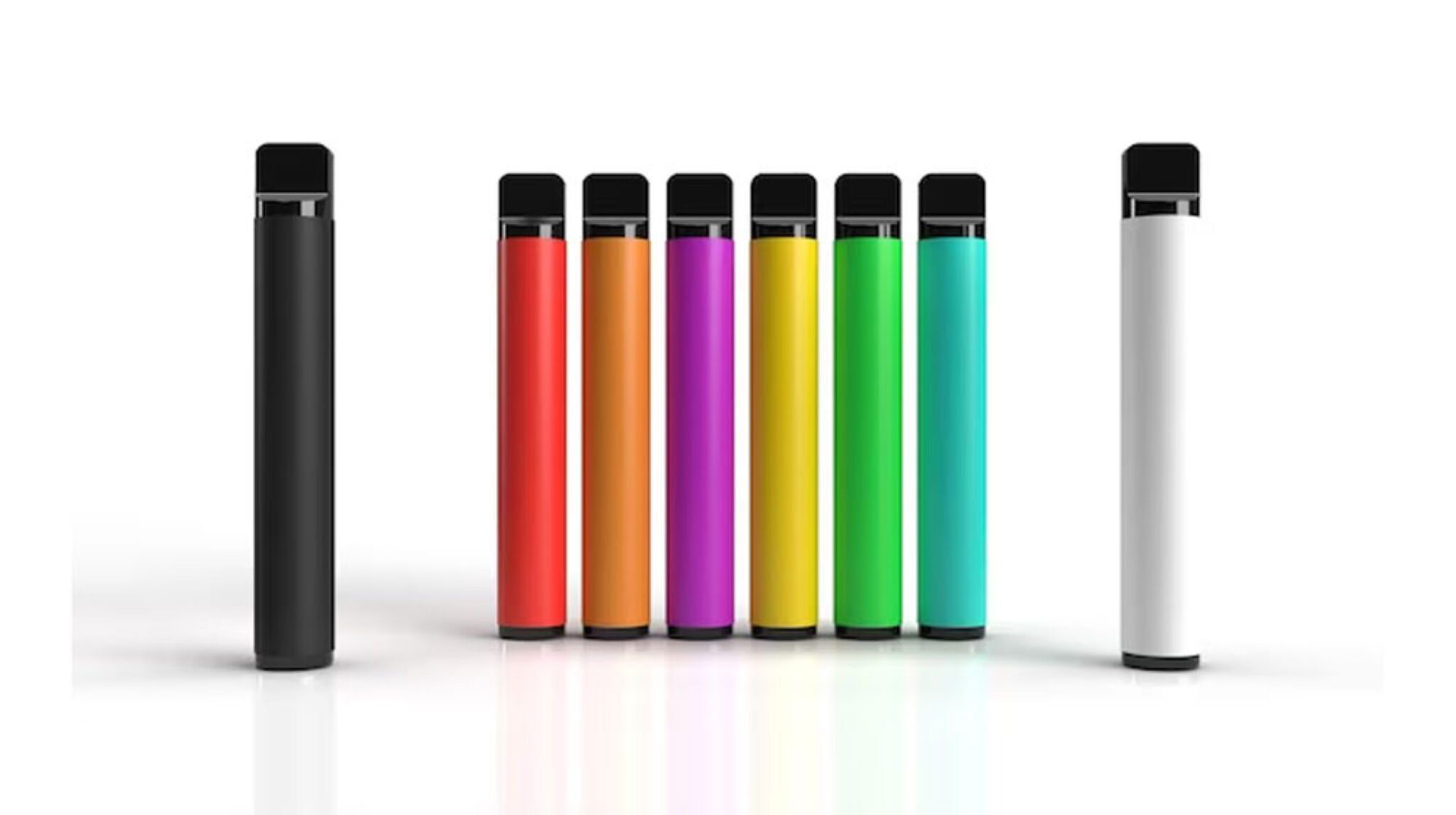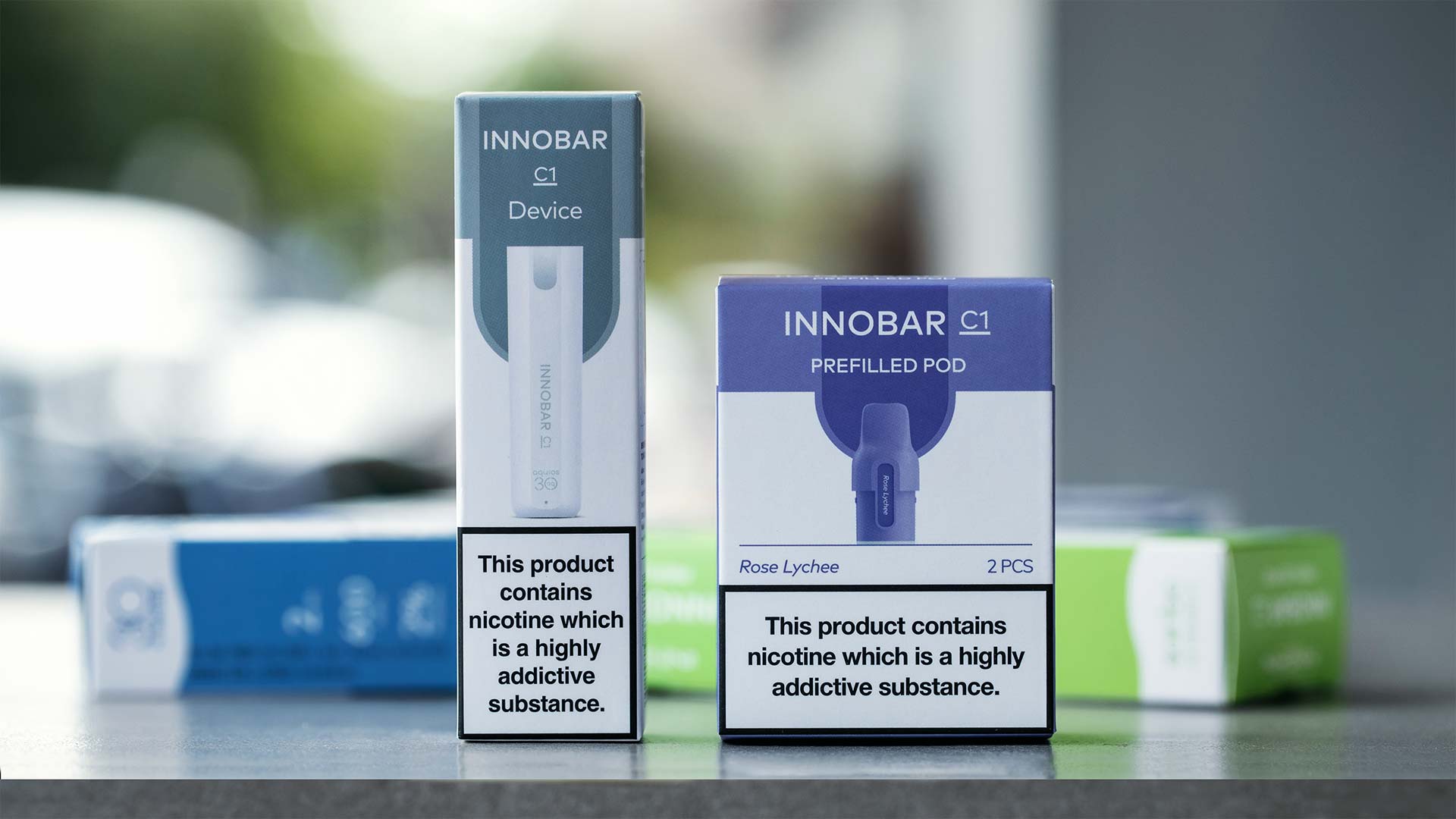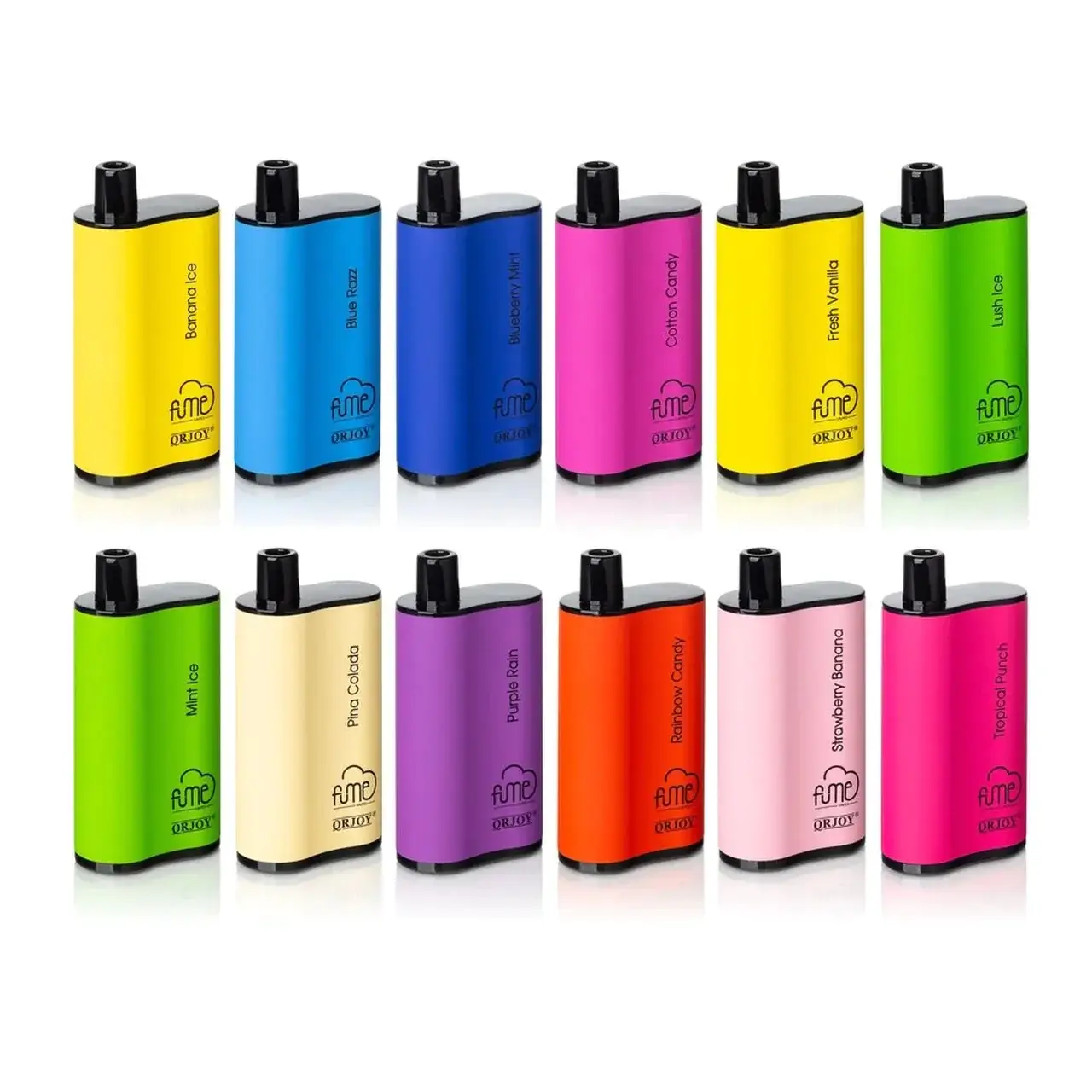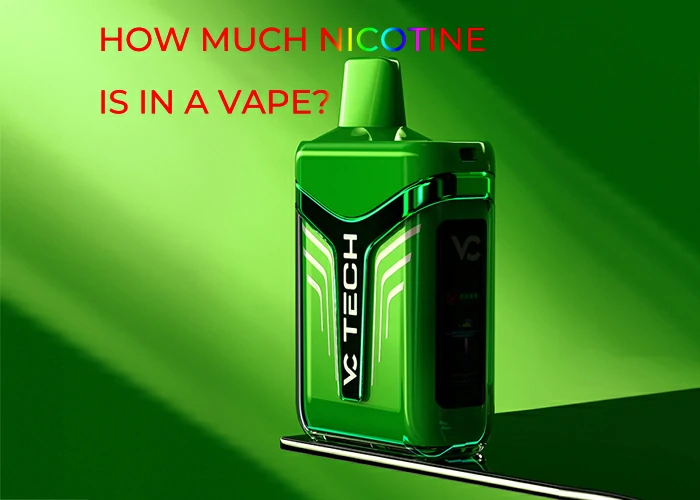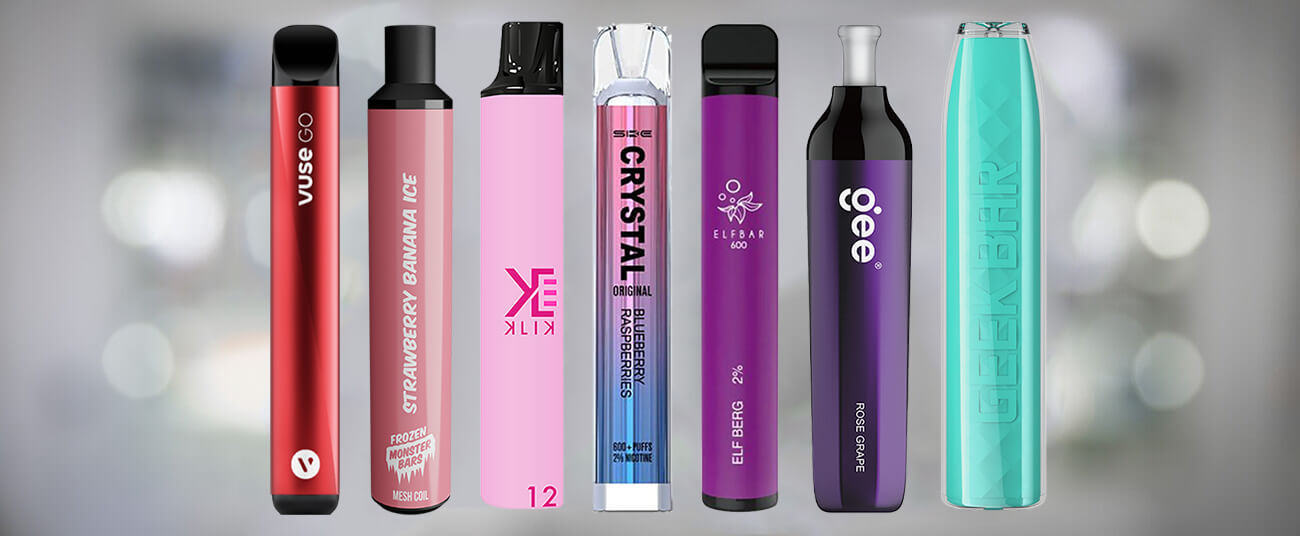How Much Is A Disposable Vape
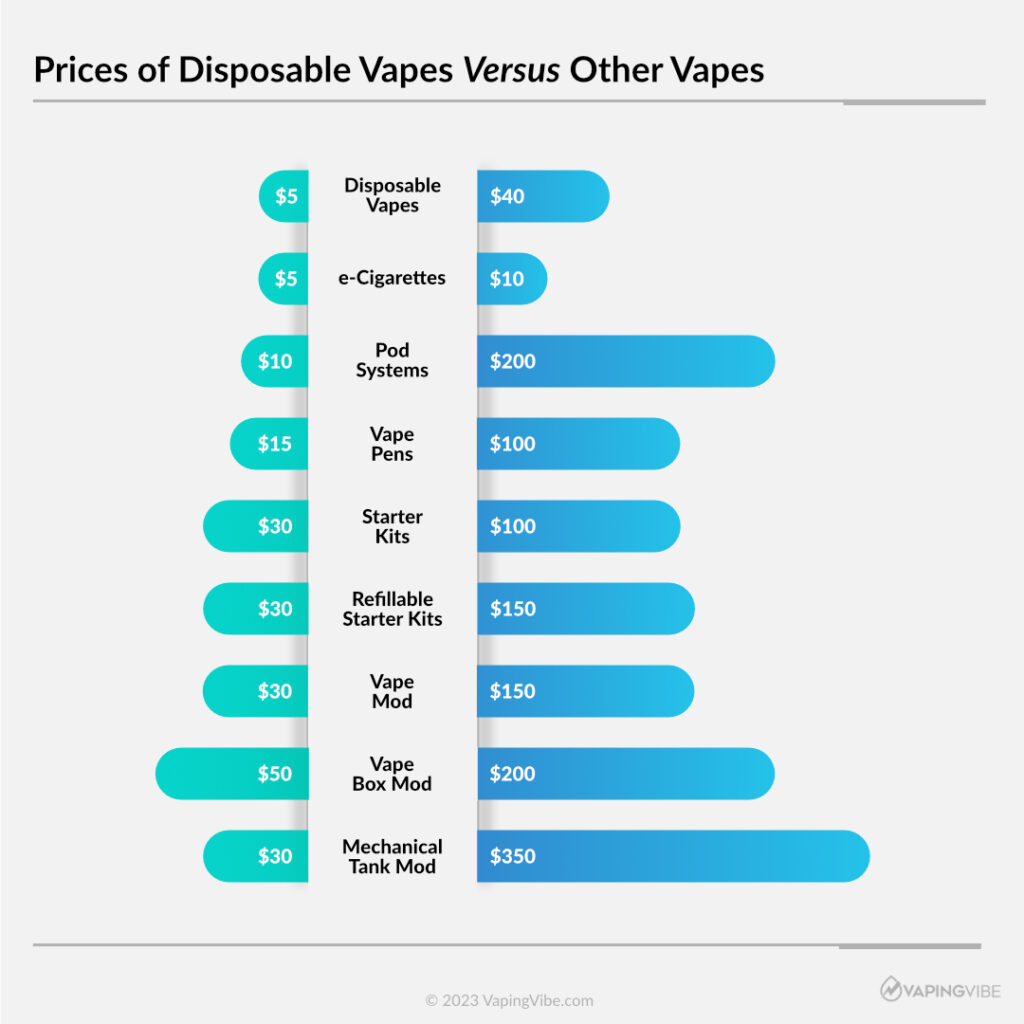
The price of disposable vapes has become a ubiquitous concern for consumers, retailers, and regulators alike, evolving into a significant topic in discussions about public health and economic impact.
Understanding the cost factors influencing the final price of these products is crucial for both buyers and policymakers. From production to retail margins, the factors determining the price of a disposable vape are multifaceted. The price point is also a pivotal factor shaping consumer behavior and accessibility.
Cost Factors: A Breakdown
Several elements contribute to the final price tag of a disposable vape. These elements range from manufacturing to distribution.
Firstly, manufacturing costs play a substantial role. This includes the cost of raw materials like the battery, the heating element, the plastic casing, and the e-liquid itself. Labor costs in the manufacturing location also contribute.
Secondly, e-liquid composition significantly impacts cost. Different flavorings and nicotine strengths can alter the price. Higher nicotine concentrations, or the inclusion of certain premium flavorings, will generally increase the price.
Thirdly, shipping and distribution add to the overall expense. Transporting the vapes from the manufacturing facility to retailers involves logistical complexities. These complexities contribute to the cost.
Lastly, retail markups are a key factor. Retailers set their prices to cover operational expenses and generate profit margins. These profit margins can vary greatly.
Average Price Range
The average price of a disposable vape typically falls within a range of $5 to $20 in the United States, according to various retail surveys and market analyses. This range can fluctuate based on the brand, the e-liquid capacity, and the location of the retailer.
Lower-priced options often have a smaller e-liquid capacity or are from less-established brands. Premium brands offering more puffs, unique flavors, or enhanced features tend to be priced higher.
Regional Price Variations
Prices can also vary significantly by region. Areas with higher taxes on vapor products generally see higher retail prices. Areas with less competition might also see higher prices.
For example, states with stringent regulations on nicotine products often have higher prices due to increased compliance costs and taxes. Urban areas with higher rents might also see elevated prices compared to rural areas.
Impact of Regulations and Taxes
Government regulations and taxes have a direct impact on the price of disposable vapes. Taxes on nicotine products increase the cost for both retailers and consumers.
Furthermore, regulations concerning packaging, labeling, and nicotine content add to the cost of compliance. These compliance costs are often passed on to the consumer in the form of higher prices.
For instance, certain states or countries may impose specific taxes per milliliter of e-liquid, significantly increasing the final price of the product.
Consumer Behavior and Affordability
The price of disposable vapes heavily influences consumer behavior. Affordability is a primary factor for many users, especially younger demographics.
Cheaper disposable vapes may be more attractive to price-sensitive consumers, but they might not always offer the same quality or safety standards as more expensive options. This raises concerns about the potential health risks associated with lower-quality products.
Price also plays a role in determining whether individuals choose to switch from traditional cigarettes to vaping products. The affordability of disposable vapes can make them an attractive alternative.
A Human Perspective
Consider Sarah, a college student who uses disposable vapes occasionally. "The price is definitely a factor," she says. "I wouldn't buy them if they were too expensive. I usually go for the cheaper ones because they're more convenient."
However, public health advocates express concerns about the accessibility of these products, particularly among young people. They argue that the relatively low cost of disposable vapes makes them easily accessible, potentially leading to increased nicotine addiction and other health problems.
The Future of Disposable Vape Pricing
The future pricing of disposable vapes is uncertain and will likely depend on several factors. These factors include evolving regulations, taxation policies, and technological advancements in manufacturing.
Increased regulatory scrutiny and potential bans on certain flavors or ingredients could drive up prices. On the other hand, technological advancements could lead to more efficient production methods, potentially lowering costs.
The ongoing debate surrounding the health impacts of vaping products will also influence policy decisions, impacting the price of disposable vapes.
Conclusion
The price of a disposable vape is influenced by a complex interplay of factors, including manufacturing costs, e-liquid composition, distribution expenses, retail markups, regulations, and taxes. Understanding these factors is crucial for consumers, retailers, and policymakers.
As regulations continue to evolve and public health concerns remain at the forefront, the price of disposable vapes will likely remain a focal point of discussion and debate. The affordability of these products will continue to shape consumer behavior and contribute to the broader discussion about vaping and its impact on society.
